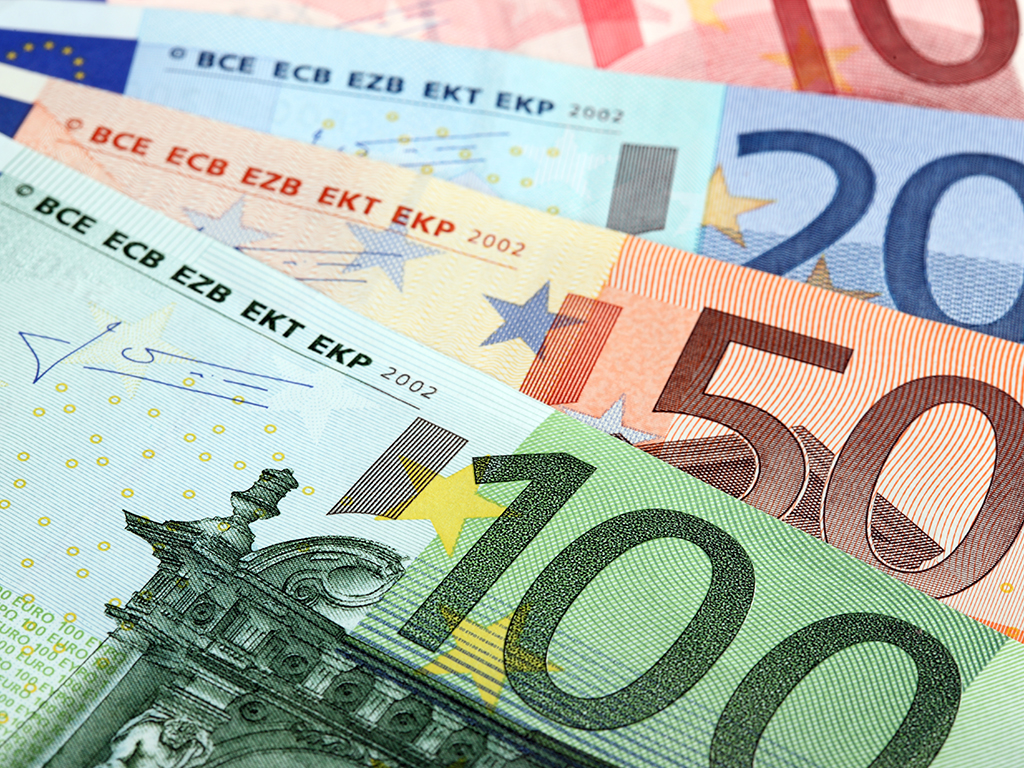RSD 15 billion from budget for subsidies for investors in 2019
(Photo: Maryna Pleshkun/shutterstock.com)

The Fiscal Council says that the next year's budget keeps the practice of disclosing only the total sum of investments and providing a list of around 40 companies-recipients.
– This means that it remains unknown how much each investor gets individually, which reduces the transparency of the budget – the Fiscal Council warns in its “Assessment of the draft law on the budget for 2019”.
Experts have believed for a long time now that it is not justified to subsidize each job, but that priority fields must be defined. Milorad Filipovic, a professor at the Faculty of Economics, says that certain progress has been made and that companies which bring high technologies have been targeted recently. Technology parks are being opened and innovative activities are promoted increasingly, but the effects will only be visible in three to five years.
– Foreign investors have received EUR 443 million in subsidies so far, which is EUR 6,795 per new job on average. Keeping in mind that a fourth of investments are subsidies, it's unclear how we benefit from it – Filipovic comments on the policy of allocation of subsidies to foreign investors.
An analysis prepared in 2017 by Filipovic and Miroljub Nikolic, an expert associate of the Ministry of Economy, showed that the majority of subsidies were allocated in the most developed municipalities (140 projects), whereas only 30 projects in the least developed local self-governments got subsidies. Most of the money went to the manufacturing industry.
These are mostly relatively simple products with low added value, involving a lot of manual work by low-qualified workers, without considerable spillover effects and without the inclusion of local suppliers in production chains.
Of the 188 subsidized projects in the manufacturing industry, only four came from the high-tech field.
Companies:
 Fiskalni savet Republike Srbije
Fiskalni savet Republike Srbije
 Ministarstvo privrede Republike Srbije
Ministarstvo privrede Republike Srbije
 Ekonomski fakultet Beograd
Ekonomski fakultet Beograd
Tags:
Fiscal Council of Serbia
Ministry of Economy
Faculty of Economics
subsidies for private companies
subsidies for investors
Milorad Filipovic
Miroljub Nikolic
amendments to the law on investments
2019 budget
Comments
Your comment
Most Important News
Full information is available only to commercial users-subscribers and it is necessary to log in.
Follow the news, tenders, grants, legal regulations and reports on our portal.
Registracija na eKapiji vam omogućava pristup potpunim informacijama i dnevnom biltenu
Naš dnevni ekonomski bilten će stizati na vašu mejl adresu krajem svakog radnog dana. Bilteni su personalizovani prema interesovanjima svakog korisnika zasebno,
uz konsultacije sa našim ekspertima.


 Izdanje Srbija
Izdanje Srbija Serbische Ausgabe
Serbische Ausgabe Izdanje BiH
Izdanje BiH Izdanje Crna Gora
Izdanje Crna Gora


 News
News







